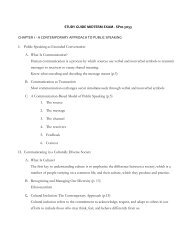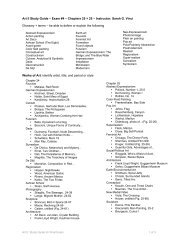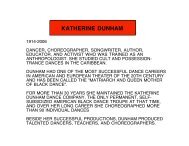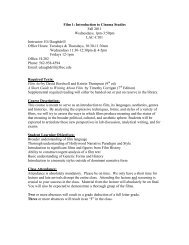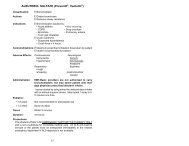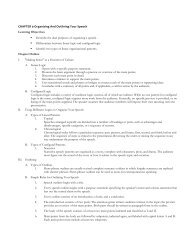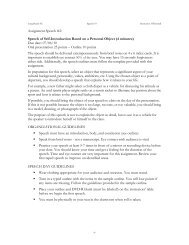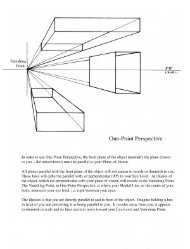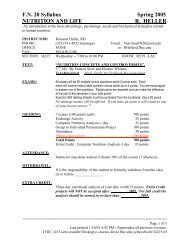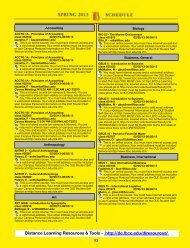COURSE SYLLABUS For Clinical Content Spring 2012
COURSE SYLLABUS For Clinical Content Spring 2012
COURSE SYLLABUS For Clinical Content Spring 2012
You also want an ePaper? Increase the reach of your titles
YUMPU automatically turns print PDFs into web optimized ePapers that Google loves.
CAMPUS LAB: Vital SignsBEHAVIORAL OBJECTIVES:1. Prior to class, review briefly Biology notes regarding the following physiologycontent:a. body temperature regulationb. heart rate regulationc. control of respirationsd. arterial blood pressure2. Define the following terms:bradycardiaarrhythmiatachycardiasystolic/diastolic pressurerhythmpulse pressuredysrhythmiahypo/hypertensionapneatachypnea/bradypneadyspnea/eupneastertorous respirationsorthopneaCheyne-Stokes respirations3. Identify and describe the basic components of the nursing skill, Vital Signs (T-P-R-BP, pain scale).4. Body Temperature:a. State normal body temperature, both average and range, for the oral, rectal,axillary and tympanic routes.b. Briefly describe the various types of thermometers: glass mercury,electronic probe (such as IVAC), disposable chemical strip, and tympanicinfrared thermometer.c. Identify the advantages and disadvantages of each type of thermometer.d. List 5 factors that may cause an individual's body temperature to differ fromthe normal range.e. Briefly describe 4 conditions that contraindicate taking either an oral and/orrectal temperature.f. Identify and discuss the clinical manifestations of a fever.5. Pulse:a. State normal pulse rate, both average and range, for a healthy, resting adult.b. Identify and list sites ordinarily used to assess pulse rates, giving rationalesfor the sites most frequently used.c. Define and describe the characteristics of a pulse, specific to rhythm andstrength.d. Discuss factors which may cause the pulse rate to vary.e. List and discuss several reasons for assessing the apical pulse rate.f. Identify anatomical landmarks used to locate the apical pulse.6. Respirations:a. State the average and normal range of respiratory rates for resting adults.b. Identify and describe five characteristics of respiration that are routinelyassessed: rate, depth, rhythm, quality, and noise.c. State need and rationale for counting the respiratory rate without making theclient aware of the procedure.d. Discuss factors which may cause the respiratory rate to vary.25.0



